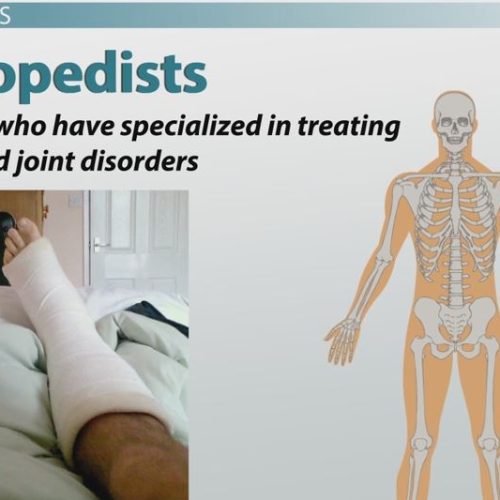A sprained anterior cruciate ligament (ACL) is a common knee injury, particularly among athletes who engage in activities that involve sudden changes in direction or jumping. When the ACL is sprained, it means the ligament has been stretched or torn to some degree. The severity of the sprain can vary from mild to severe, and the appropriate treatment depends on the extent of the injury.
In most cases, a sprained ACL cannot fully heal on its own. The ACL has a limited blood supply, which reduces its ability to repair itself. Therefore, treatment options focus on managing pain, reducing inflammation, and restoring the knee’s stability and function. These options can include a combination of rest, ice, compression, elevation, and physical therapy exercises.
For mild sprains, rest and rehabilitation exercises may be sufficient for the ligament to heal to a functional level. Physical therapy will focus on strengthening the surrounding muscles to provide stability and support to the knee. In more severe cases, such as a complete ACL tear, surgery may be required to reconstruct the ligament. This involves replacing the torn ligament with a graft from another part of the body or a donor ligament.
After surgery, a period of immobilization and rehabilitation will be necessary to regain strength and range of motion in the knee. This process can take several months, and close adherence to the recommended rehabilitation program is essential for a successful recovery.
It is important to note that even with proper treatment, a sprained ACL may have a higher risk of re-injury in the future. Therefore, it is crucial to take preventative measures, such as wearing supportive braces or modifying activities, to protect the knee from further damage.
In conclusion, a sprained ACL typically requires medical intervention for proper healing. Depending on the severity, treatment may involve rest, physical therapy, or even surgery. Early diagnosis and appropriate management can lead to better outcomes and reduce the risk of future complications.
How do you tell if ACL is torn or sprained?
How to Diagnose an ACL Tear? Your doctor will manipulate your knee to see if there is an ACL tear. Imaging tests, such as an MRI or X-rays (to rule out a fracture), may also be performed.
Is it OK to walk on a sprained ACL?
If it’s a mild injury, your healthcare provider might clear you to walk on it without assistive devices, such as crutches, a brace or cane, following rehabilitative therapy. If you’ve experienced a severe injury, you’ll most likely need surgical repair followed by PT.
Can a sprained ACL get worse?
The intense pain of a major ACL injury often sends people to the doctor right away. But for a minor tear, you may be tempted to “wait it out” and see if your injury gets better on its own. We wholeheartedly recommend you do not do this. An ACL tear that is not treated will get worse, not better.
Can you walk on a sprained ACL?
The short answer is yes. After the pain and swelling subsides and if there is no other injury to your knee, you may be able to walk in straight lines, go up and down stairs and even potentially jog in a straight line. The ACL (anterior cruciate ligament) is an important ligament that provides stability to the knee.



